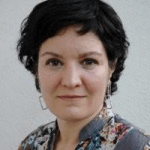The Arctic, the Mediterranean forest and the tropical savannah, a glimpse of the visits and research sabbaticals at CREAF
There are decisions that bring their protagonists together at a time and in a place where they would hardly have met. And when researchers Marc Macias Fauria, from Oxford University (UK) the most traditional in the English-speaking world; William Anderegg, from modern University of Utah (EEUU), and Ismael Hernández Valencia, from the Universidad Central de Venezuela, from the Central University of Venezuela, the oldest in the country, decided to take a plane and move to CREAF, they made one of these decisions. This collaboration starts the CREAF 2022 Visitors & Sabbaticals mobility programme and its protagonists are scientists deciphering the influence of warming on tundra vegetation in the Arctic, the benefits of forests as nature-based solutions for the planet, and the impact of phosphorus on tropical savannas.
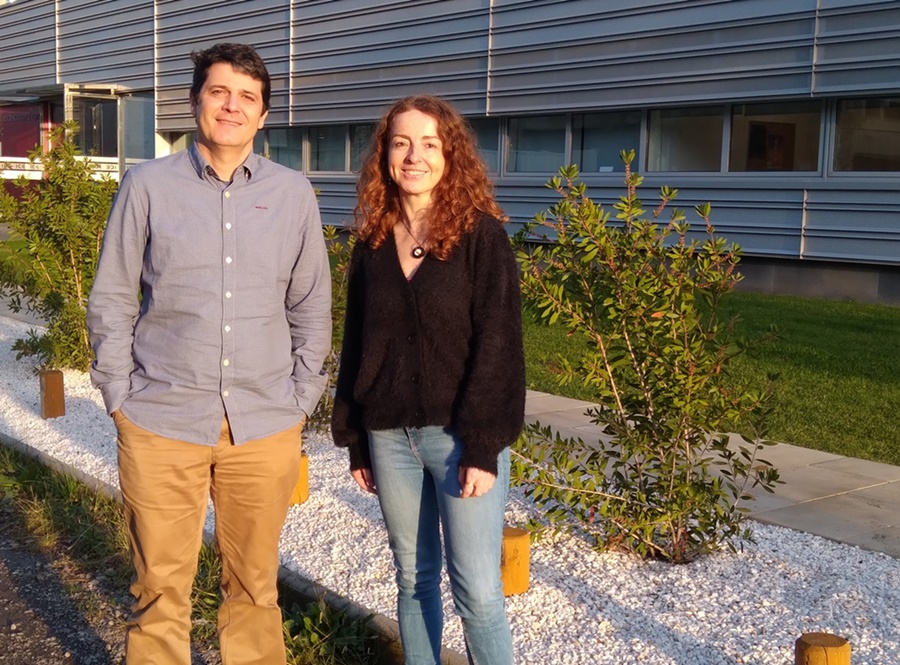
Marc Macias Fauria is an ecologist who focuses his research efforts on cold environments. The tundra in Svalbard (a Norwegian archipelago in the Arctic Ocean) and the pressure of large herbivores in northwest Siberia are the settings for his research
Marc Macias Fauria is an ecologist who focuses his research efforts on cold environments. The tundra in Svalbard (a Norwegian archipelago in the Arctic Ocean) and the pressure of large herbivores in northwest Siberia are the settings for his research, which he has shared and advanced at CREAF with researcher Sandra Nogué Bosch. “I've been away from Catalonia for 20 years and CREAF's programme of scientific visits is an opportunity to get first-hand knowledge of the research being done, beyond reading the literature, which is more indirect”. At CREAF he works side by side with Sandra Nogué Bosch, with whom they shared a post-doc at Oxford University and with whom he has continued to collaborate, although he says: "Without a doubt, I would not have chosen a place other than CREAF: it is a centre where things have been happening in recent years in the field of terrestrial ecology". As part of his stay, he recently gave a CREAF Talk.
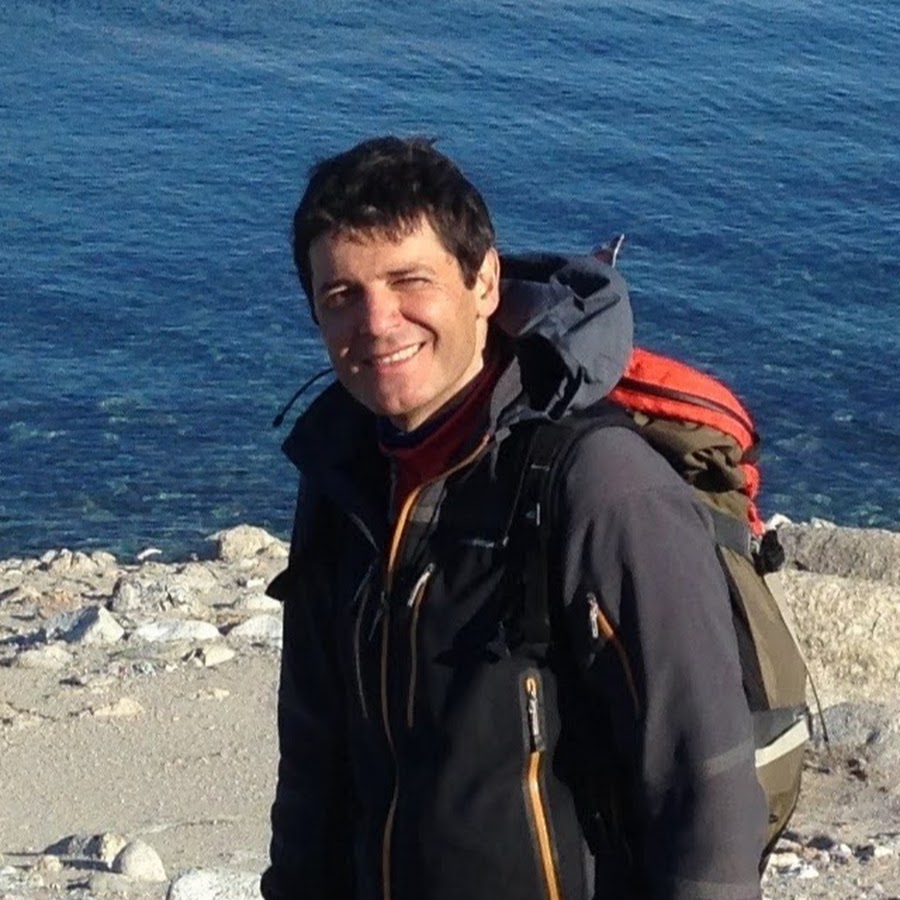
"Without a doubt, I would not have chosen a place other than CREAF: it is a centre where things have been happening in recent years in the field of terrestrial ecology"
MARC MACIAS FAURIA, researcher at Oxford University.
The synergies between Marc Macias Fauria's scientific work and CREAF also include climate controls on boreal forest fires, the influence of warming on tundra vegetation and ecological modelling, to name but a few Sharing the day to day allows, according to Sandra Nogué Bosch, "to integrate research skills and tools, which is essential to answer questions that require interdisciplinary analysis. With Marc Macias Fauria we are working to integrate large databases of the biodiversity of tropical islands and the Arctic".
Forests as a solution
William Anderegg is director of the Wilkes Center for Climate Science and Policy and is spending a year at CREAF to shed light on forest responses to drought, and understand the potential and risks they face as nature-based climate solutions.
Moving the whole family from the mountains of the American West to spend a year in Europe is a tough decision that William Anderegg, researcher and director of the Wilkes Center for Climate Science and Policy, has made twice The first, at the height of the Covid-19 pandemic, forced him to turn back after only a few days at CREAF. The centre's current Visitors & Sabbaticals proposal now gives him more time coverage, and allows him to materialise the intense collaboration with researcher Jordi Martínez Vilalta’s team He explains that his intention in dedicating a year to his field of knowledge from CREAF is: "to shed light on the responses to drought in forests and to understand the potential and risks they face as nature-based climate solutions".
Beyond the obvious opportunity to advance knowledge on forests, according to researcher Jordi Martínez Vilalta this long-term visit represents "thinking together". And the purpose is to "improve our understanding and ability to predict ecosystem responses to global change".
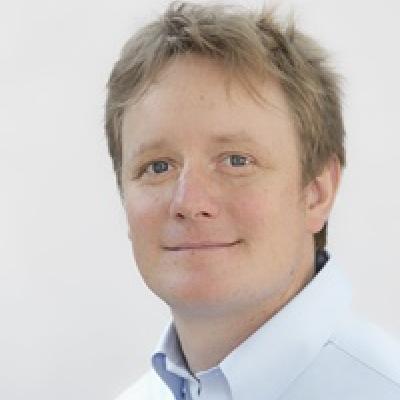
"The CREAF is one of the most exciting and dynamic places in the world for forest ecology, climate change and drought research"
WILLIAM ANDEREGG, researcher and director of the Wilkes Center for Climate Science and Policy at the University of Utah (USA).
The joint work between Anderegg and Martínez Vilalta culminates years of projects, scientific articles, discussions, small crises... which the American researcher has assessed as follows: "I am incredibly excited to continue and increase collaborations with the CREAF scientific team"explains Anderegg, who has already given a session as part of the CREAF Talk cycle and participated in a Synthesis Action coordinated by researcher Maurizio Mencuccini. "CREAF is one of the most exciting and dynamic places in the world for forest ecology, climate change and drought research".
Understanding the South American biosphere
The door opened by the joint scientific work between Ismael Hernández Valencia and Josep Peñuelas Reixach is as immense as understanding the functioning of the biosphere in South America.
The door opened by the joint scientific work between Ismael Hernández Valencia and Josep Peñuelas Reixach is as immense as understanding the functioning of the biosphere in South America “Hernández Valencia's visit allows us to better understand the phosphorus cycle, an essential element in the biogeochemistry of a key continent in the functioning of the biosphere such as South America", says Peñuelas.
Ismael Hernández Valencia is a biologist whose work investigates questions such as phosphorus cycling in a tropical savanna ecosystem subjected to annual burning. His current research interests seek to establish, on the one hand, the seasonal changes in phosphorus in the soil and vegetation and, on the other, the impact of burning on its cycle. For this reason, during his stay at CREAF as a visiting researcher, he joined the Global Ecology Unit and works directly with researcher Josep Peñuelas Reixach.
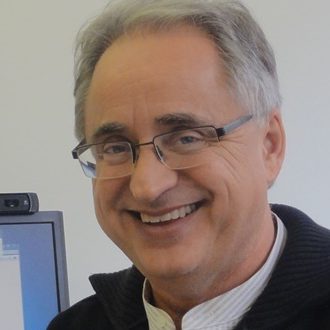
"Hernández Valencia's visit allows us to better understand the phosphorus cycle, an essential element in the biogeochemistry of a key continent in the functioning of the biosphere such as South America"
JOSEP PEÑUELAS, CREAF researcher guest of visiting researcher Ismael Herández Valencia.
“"Phosphorus dynamics is especially important in South America to understand the cycle of matter and the functioning of terrestrial ecosystems in the face of environmental conditions altered by human action, especially changes in land use and fires", in the words of Josep Peñuelas.
Answering questions about how to adapt to climate change seems to be the guiding of the first collaborations resulting from the visitors and sabbaticals programme. From CREAF, welcome! From CREAF, welcome!



